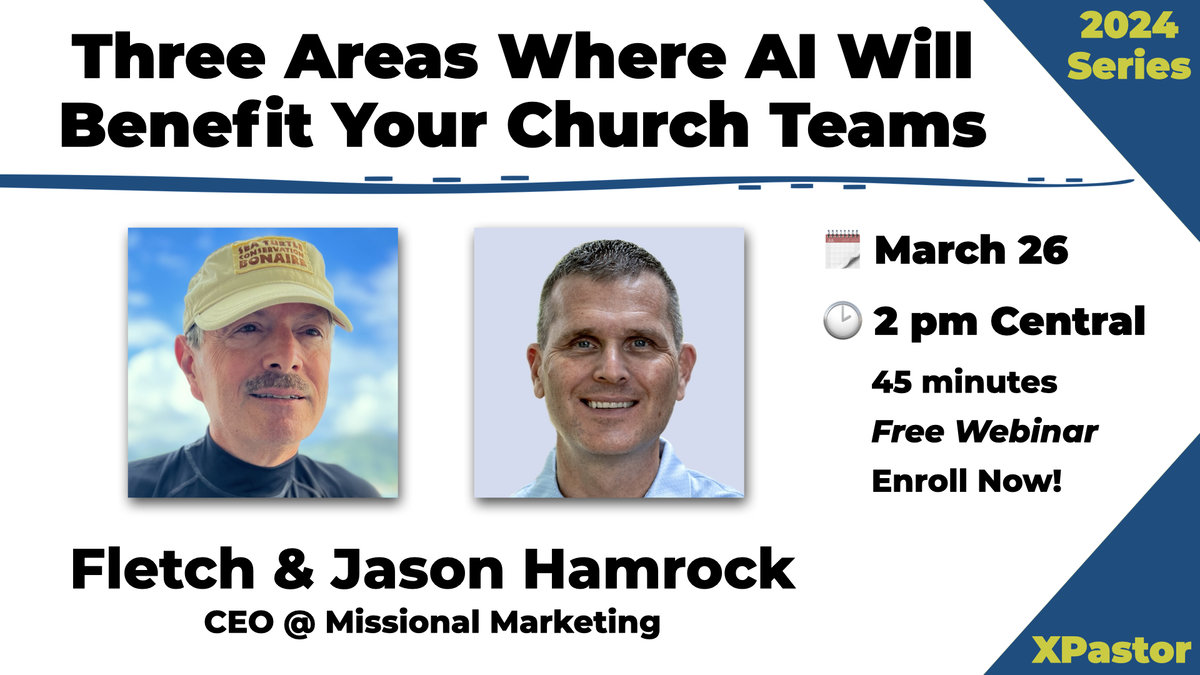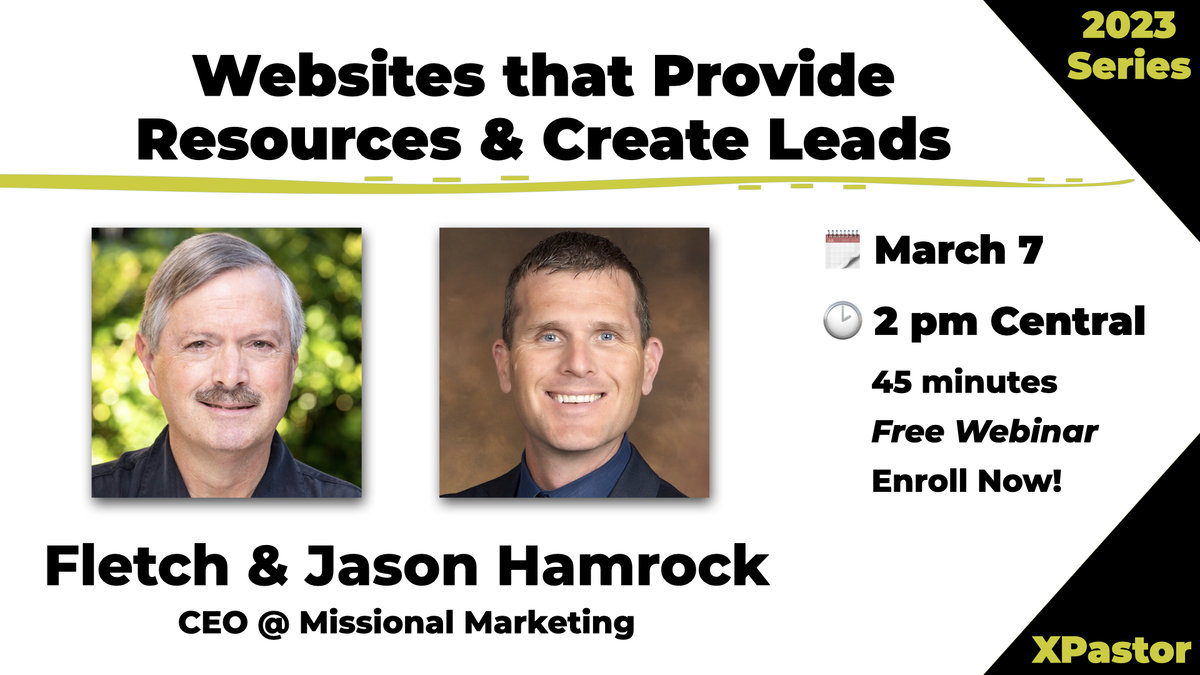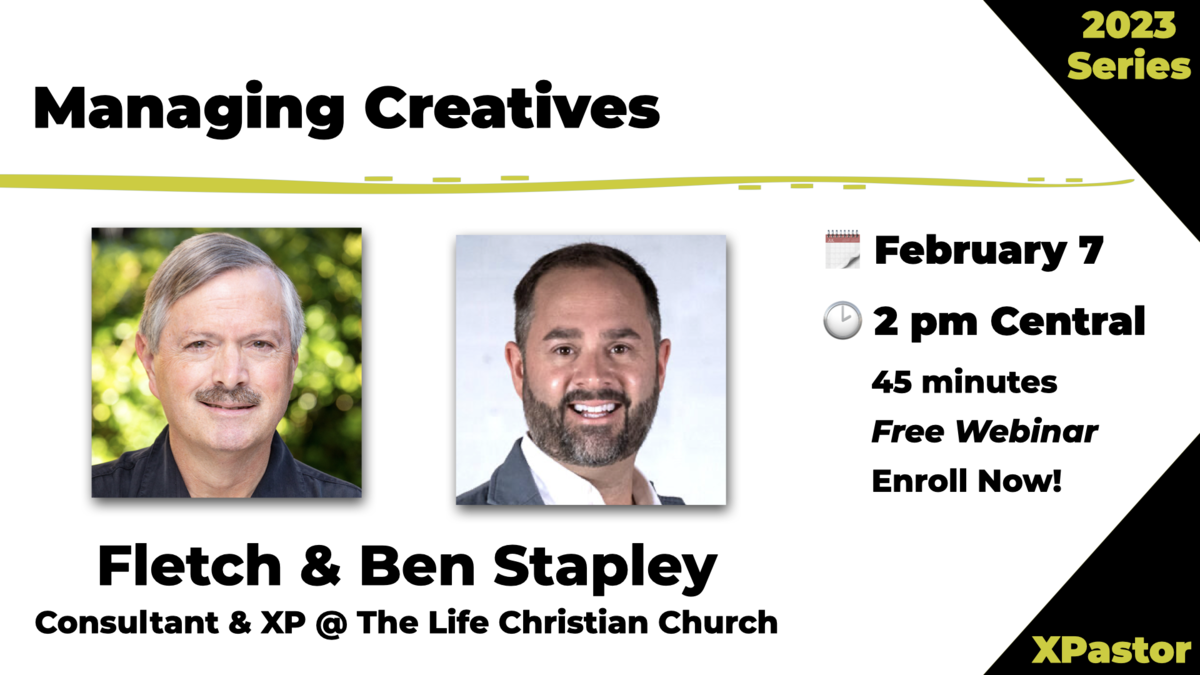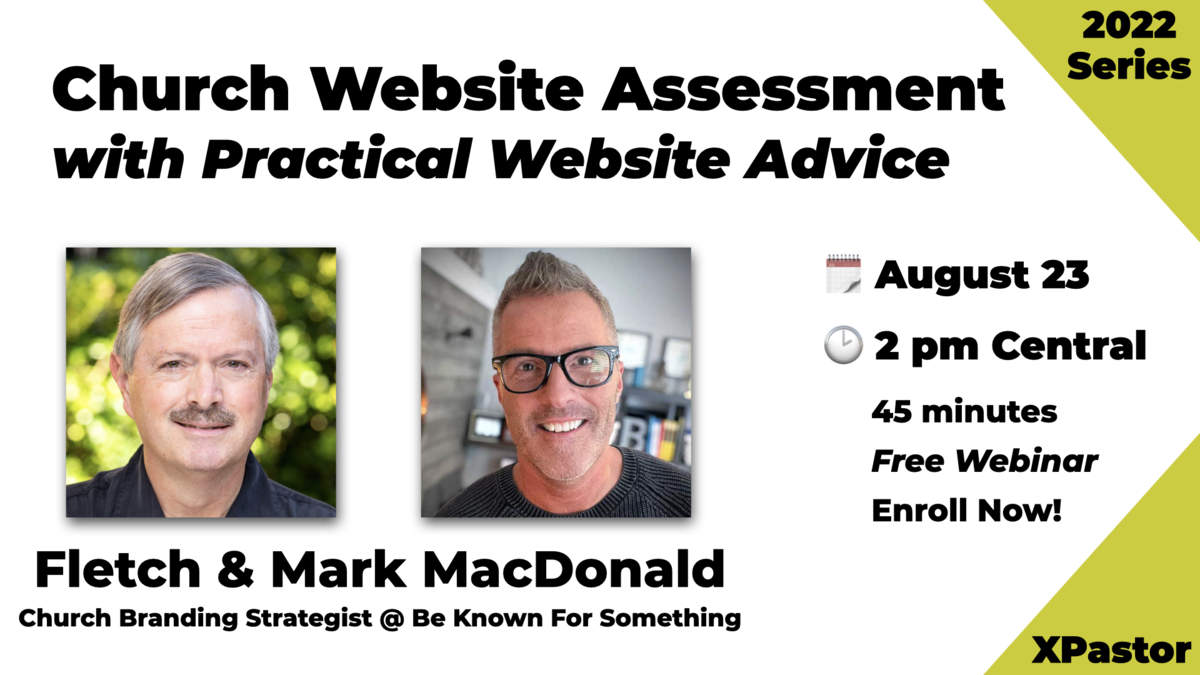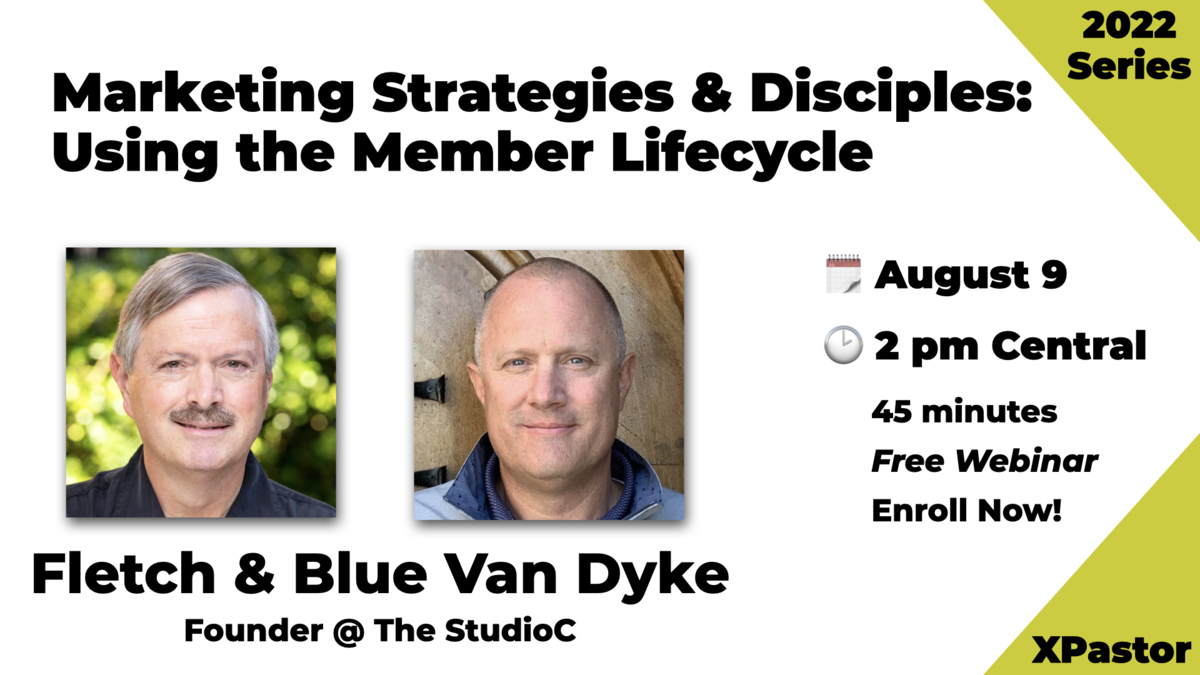In my day job, I have the opportunity to look at a lot of church websites. The thing is, I keep seeing the same three mistakes made on the majority of the sites I visit. Here is what they are and how to fix them:
1. We can’t figure out where you are located.
You would be surprised at how difficult it can be for a first time visitor to find your address—mostly because we don’t know where to look for it. Best practices of websites have it in the footer of every page. Better yet, is to also include a “contact” page in the main navigation because that is where people are used to looking for that information on corporate websites. Other good practices are to have an I’m New section that gives directions and other details that help people with the basics when they want to visit your church. (Note that many churches share similar names. Make it easy for people to know they’ve found the right website.)
2. We can’t find you on Google.
Search Engine Optimization (SEO) is a big challenge for everyone—but especially for churches. At the very least, you want to come up under the name of your church and the city (or simply just “church” and the city) so that if someone drives by your sign and wants to learn more, they can. Here are some things you can do to improve your presence in an organic search:
- Make sure you have a business listing on Google maps. This will give you visibility when people search for churches in their area.
- Name the pages on your website based on the search terms you want that page to be found under. For example, instead of naming your contact page “http://yourchurch.org/contact.htm” use “http://yourchurch.org/yourchurch-dallas.htm.” It will make you rank higher when someone types in the term “your church+dallas” (of course, substitute the name of your actual church and actual city).
- Maximize your metatags by making sure your keywords are in the title of the page and the description.
There is more you can do, but those three suggestions will bring about improvement. If you happen to have a site built in WordPress, load the Yoast SEO plugin. This will help you optimize each page of your site for the keywords you want to have draw people to your site.
3. Stock photos make you feel cold.
The thing about stock photos is that they feel like stock photos. Impersonal. Generic. People checking out your church need to see photos of the inside filled with real people from your congregation. While it is great to promote your preaching series or state your doctrine and use imagery to support that (I often see a stock photo Bible on the doctrine page), what people really want to know is: “Will I feel welcome there?” and the best way to tell that story isn’t with words, it’s with pictures.
Are you a formal church? Casual? Do you have families? Singles? Empty nesters? Are you a small community where I can connect with everyone or are you large with all of the resources and programs I am looking for? All of that can be told effectively through images. Hire a professional photographer (or a skilled volunteer within your body) and invest in getting the photos that you need to make it feel on your site as if someone is already visiting. It is a daunting thing to decide to drive to a church and walk into a room of people you don’t know—especially if it is something you’ve never done before. You can lower that barrier by allowing people to see what the experience will be like through static photos. Video is great too, but photos communicate the message much more quickly and leave control of the browsing to the person with the tablet or mouse.
So, how does your site perform in these three areas? Do you have work to do or is your website doing a great job of helping people get through your doors?


